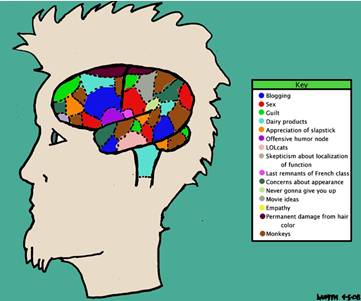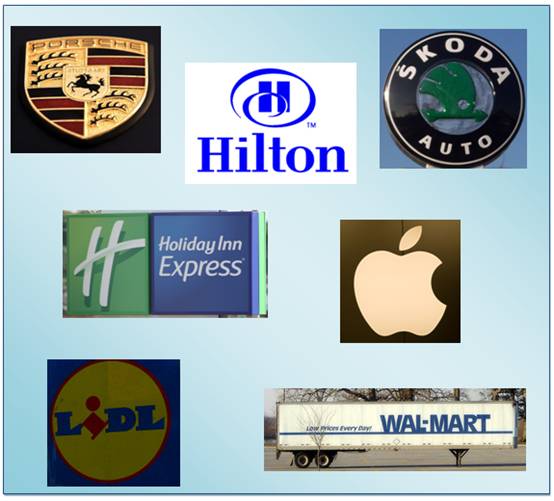Positioning
Having targeted one or more segments the firm will need to think about marketpositioning.
Even within a tightly defined market segment, not all buyers will be the same, nor will competing products be identical. The firm will have to decide on how it intends to position its product offering within each target market. Market positioning describes the way that the product is viewed by a firm's customers relative to competing products in the same market segment. The task of the marketing department is to match the positive attributes of the product, and customers' perceptions of these attributes, with the needs and wants of customers in the selected market segment.
This means that a firm needs to know just where its good/service will fit in the market into which it is to be launched. This takes us back to customer perception and what they see in a product. In particular where do customers see positive differences between one firm's products and their rivals? These will be the key differences on which the firm will concentrate as it develops the marketing mix that is needed for that product.
 Customers take short cuts when shopping, otherwise the process would take an eternity! Research shows that they rarely take in all the available information about the product, such as nutrition or ingredients. Instead, they tend to organise ideas, products or brands into categories or 'mental boxes' in which they place their perception of the product, brand or company. Once these perceptions or images are stored, they are very difficult to change.
Customers take short cuts when shopping, otherwise the process would take an eternity! Research shows that they rarely take in all the available information about the product, such as nutrition or ingredients. Instead, they tend to organise ideas, products or brands into categories or 'mental boxes' in which they place their perception of the product, brand or company. Once these perceptions or images are stored, they are very difficult to change.
Companies have found that the best way to position their product is to emphasise the key positive attributes rather than provide customers will the entire picture - those mental boxes are just not large enough! To select those points to push, it will need to carry out market research to determine what customers in the target market value and desire. Dyson, for example, is so successful in the vacuum cleaner market because it's placed marketing emphasis on its technology and design; two values which had been missing before. Until the Dyson was launched, a vacuum cleaner was merely a functional appliance kept in a cupboard - now many people are happy to keep it on display.
Ultimately the market positioning process will determine who the firm's main competitors will be. If a firm aims for a premium, high quality image, then competitors will be all of those firms in the same segment which satisfy these attributes. If the firm selects a value approach, the competitors will be completely different.

Discussion
- Jot down your perceptions of the following products and brands:

- To what extent do you believe that the image you hold will reflect the image all around the world?